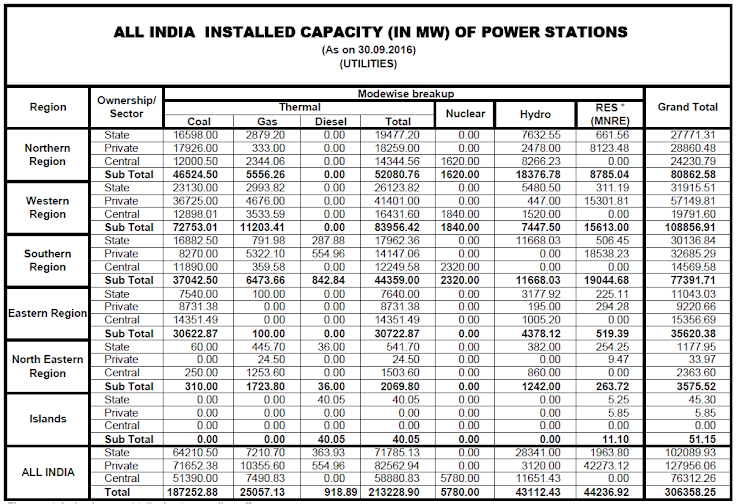India’s Central Bureau of Investigation (CBI) is probing what it calls a criminal conspiracy to sell inferior imported coal at inflated prices to NTPC Ltd., the nation’s largest power producer, defrauding the company of millions of dollars.
“The investigation involves coal shipments from Indonesia to two power plants that were labeled as a higher quality of fuel in import documents. The scope of the probe will include companies in India, Jakarta and Singapore,” the agency said in a statement posted on its website.
“Incriminating documents recovered during searches are being scrutinized,” the CBI said in the statement. The inferior coal may have cost the two plants Rs.116 crore ($18.6 million), according to the statement. An NTPC spokeswoman declined to comment on the probe.
The Singapore unit of a coal-trading company based in the central Indian city of Indore bought the coal from Indonesia and shipped it to India, according to the statement, which didn’t name the trader. “The coal providers and some NTPC officials entered into criminal conspiracy with an intention to cheat the company from 2011 to 2013,” the CBI said.
One of the power plants is NTPC’s 1,050-megawatt Unchahar plant, near the north Indian town of Raebareli. The second is run by NTPC-SAIL Power Co., an equal joint venture with Steel Authority of India Ltd., in the eastern town of Bhilai, according to the statement.
Arti Luniya, a New Delhi-based spokeswoman for Steel Authority, didn’t answer two calls to her mobile phone. Bloomberg


